
.png)

.png)
.png)


-
.png) 0086-757-85407388
0086-757-85407388 -

-
 terrychen@wintoly.com
terrychen@wintoly.com


.png)

.png)
.png)


.png)



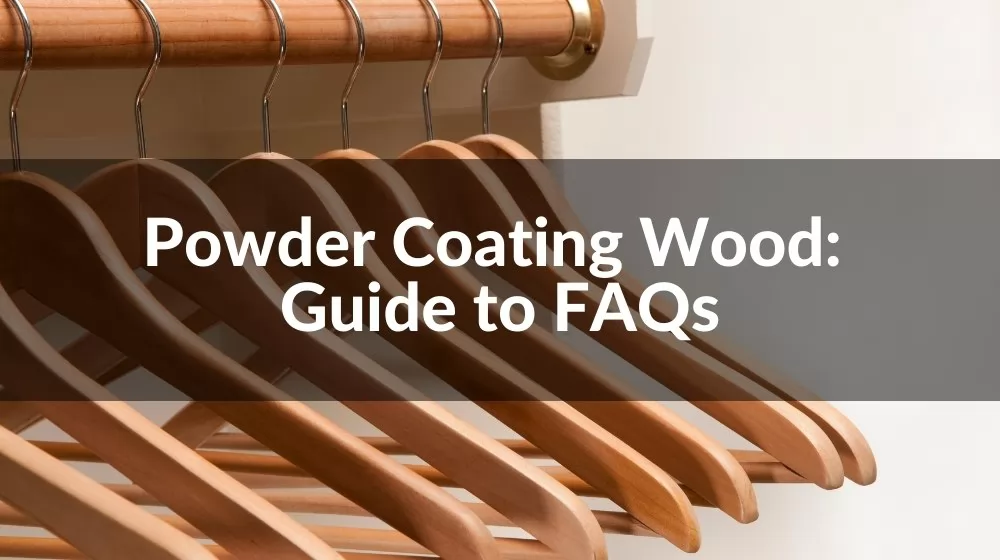
If you've ever wondered, "Can you powder coat wood?", you're in the right place. In this all-inclusive guide, we explore the intricacies of powder coating wood, unravel the science behind it, and delve into its practical and aesthetic benefits. Whether you're an industry professional, or a curious individual, join us as we journey through the exciting realm of powder coating furniture and wooden pieces.
When it comes to the composition of powder coating wood, it's essential to understand that it's a meticulous process that involves several key elements. The primary objective of powder coating wood is to offer an appealing, durable finish to the wood, while maintaining its natural texture and beauty.
The two main components in the powder coating process for wood are:
The Powder Coating: This is usually a thermoplastic or a thermoset polymer which provides a finish that is thicker and more resilient than conventional paint. The coating powder is typically composed of resins, pigments, leveling agents, and other additives, which together provide the color, texture, and protective qualities that make powder coating a popular choice for wood finishing.
The Wood: The type and quality of wood also play a significant role in the powder coating process. It's crucial to ensure that the wood is properly prepared and suitable for powder coating. Certain types of wood like MDF (Medium-Density Fiberboard) are particularly suited for powder coating due to their durability and smooth surface.
By strategically combining these elements, powder coating wood allows for a high-quality, durable finish that's both aesthetically pleasing and protective.
To truly understand the magic behind powder coating wood, we need to delve into the science of powder adhesion. Essentially, it is the strong bond between the powder and the wood that creates a durable, attractive finish.
The powder used in the coating process is electrostatically charged. When it is sprayed onto the grounded wood surface, the positively charged powder particles are attracted to the negatively charged wood surface, creating a strong bond. This process is known as the 'Triboelectric Effect'.
Subsequently, the coated wood is heated in an oven. The heat causes the powder to melt and flow, forming a smooth and even layer on the wood's surface. As the temperature continues to rise, the powder undergoes a chemical reaction, known as 'Crosslinking', which leads to the hardening and setting of the powder, creating a high-quality, durable finish.
This process of adhesion is what makes powder coating superior to traditional paint in terms of durability, resilience, and finish. The science behind powder adhesion is fundamental to the process of powder coating wood, and understanding it helps appreciate the beauty and effectiveness of this finishing method.
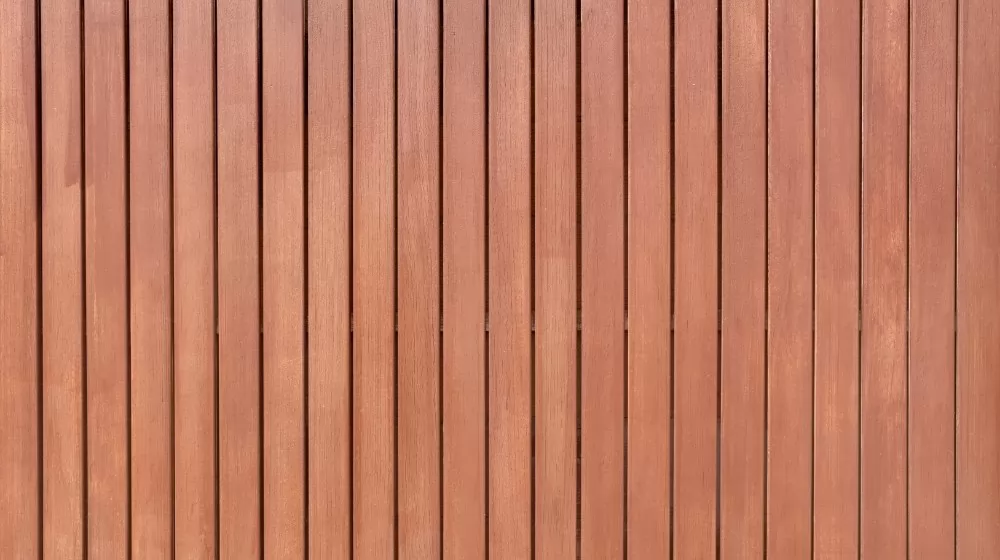
The benefits of powder coating wood extend far beyond its appealing aesthetic. From environmental considerations to durability and longevity, let's delve deeper into why powder coating is an excellent choice for your woodwork.
Powder coating wood has numerous environmental benefits. First and foremost, powder coating is a solvent-free process, meaning it doesn't emit harmful Volatile Organic Compounds (VOCs) into the atmosphere like traditional paints. Moreover, any unused or oversprayed powder can be collected and reused, minimizing waste.
Powder coating provides a uniform, smooth finish that enhances the natural beauty of wood. It is available in a wide range of colors and textures, offering tremendous versatility for design options. Functionally, powder-coated wood surfaces are more resistant to chipping, scratching, and fading, maintaining their appeal for longer.
Powder coating also offers exceptional durability and longevity. The coating forms a protective barrier that shields the wood from various environmental factors like moisture, UV rays, and temperature fluctuations. This results in a more durable finish that protects your woodwork, keeping it looking new for longer.
When it comes to powder coating, one size doesn't fit all. There are different types of powder coatings available, each with unique properties that make them more suitable for certain applications. Let's look at some of the most common types:
Known for their excellent chemical and wear resistance, epoxy powders offer a hard and durable finish. However, they can yellow over time when exposed to sunlight, which makes them better suited for indoor applications.
Polyester powders are highly durable and offer excellent UV resistance, which makes them a popular choice for outdoor furniture and other exterior wood applications. They are available in a wide range of colors and finishes.
Polyurethane powders provide a good balance between chemical resistance and flexibility. They offer excellent flow properties, making them suitable for a variety of applications, from industrial equipment to wood furniture.
Acrylic powders offer excellent clarity and light stability, making them ideal for applications where a clear or transparent finish is required. They also provide excellent UV resistance.
It's important to choose the right type of powder coating based on the specific requirements of your project to ensure optimal performance and longevity.
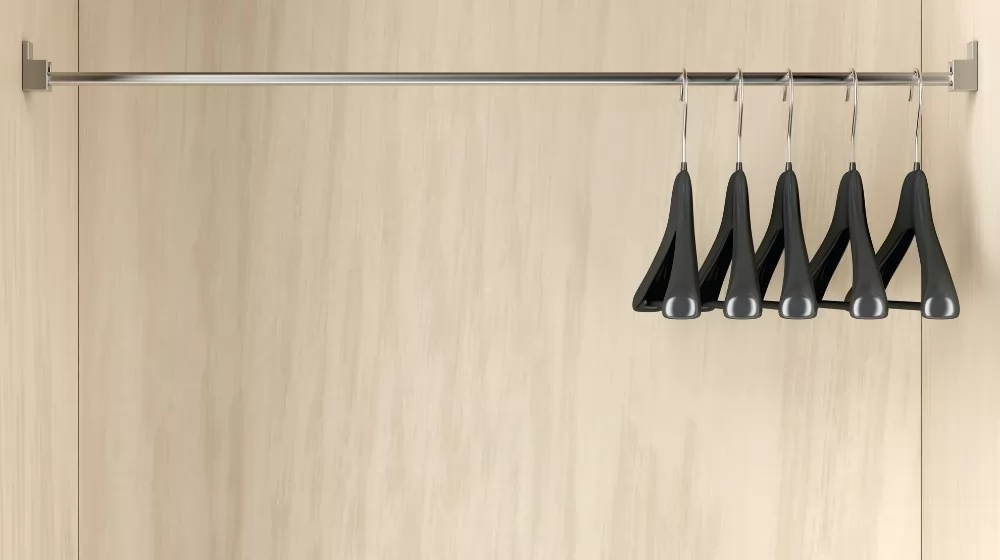
Pre-heating and properly handling moisture are two crucial steps in the powder coating process. They can significantly impact the finish quality and durability of the coating on the wood.
Pre-heating the wood before applying the powder coating serves several purposes. It helps to remove any residual moisture from the wood, ensures a more consistent and smoother finish, and improves the overall adhesion of the powder. The process involves heating the wood to a specific temperature before the application of the coating powder. This temperature varies depending on the type of wood and the specific powder used.
Moisture can be a significant obstacle to achieving a perfect finish with powder coating. Excessive moisture in the wood can cause outgassing, which leads to imperfections in the finished surface. Therefore, it's vital to properly dry and treat the wood before applying the powder. This usually involves using kiln-dried wood and storing it in a dry environment before the coating process. Moreover, a thorough pre-heating process can also help eliminate any remaining moisture.
Understanding these processes is crucial when powder coating wood to ensure optimal adhesion and a superior finish.
The type of wood and its characteristics play a pivotal role in the success of powder coating. The composition, grain pattern, density, and moisture content of the wood can all influence the final finish. Let's further explore the types of wood most suited to powder coating.
Wood is typically classified as either hardwood or softwood. Hardwoods, derived from deciduous trees, have a denser structure, making them ideal for a durable powder-coated finish. Softwoods, on the other hand, come from evergreen trees and are typically less dense but can still be effectively powder coated with the right preparation.
Regardless of the type of wood, there are specific characteristics that make it more suitable for powder coating. The wood should be dry and free of contaminants like oil or grease. Higher density woods tend to give a smoother finish as they are less porous. Additionally, the wood's grain pattern can affect the overall appearance of the powder-coated finish.
Several types of wood are suitable for powder coating. These include dense hardwoods like oak, maple, and walnut. Softwoods like pine and cedar can also be used if properly prepared. More engineered options like MDF (Medium Density Fiberboard) and HDF (High-Density Fiberboard) are also excellent choices due to their uniform density and lack of natural oils.
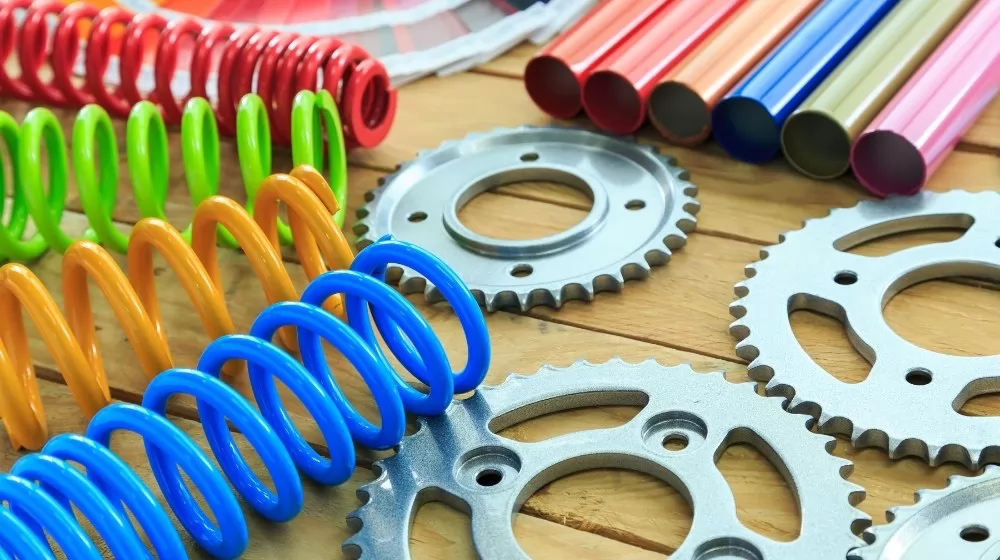
Powder coating wood involves a series of steps, from preparation to final curing. Let's examine each of these steps in more detail.
Before starting, ensure you have the right equipment, which includes a powder coating gun, powder, a curing oven, and personal protective equipment such as goggles, gloves, and a dust mask. Always prioritize safety and ensure proper ventilation when working with powder coating materials.
Start by cleaning the wood surface to remove any dirt, oil, or loose particles. Sanding may be necessary for some wood types to ensure a smooth surface that can better adhere to the powder. After sanding, remove all dust before moving on to the next step.
The powder is applied using a special powder coating gun, which sprays the powder onto the wood surface. The gun imparts an electrostatic charge to the powder particles, causing them to stick to the surface. It's crucial to apply a uniform layer and cover all parts of the wood surface.
After applying the powder, the wood is placed into a curing oven. The heat causes the powder to melt and form a hard, durable coating. The temperature and curing time depend on the type of powder used and the wood characteristics. After curing, allow the piece to cool before handling to ensure the coating has hardened properly.
By following these steps carefully, you can achieve a smooth, durable, and aesthetically pleasing powder-coated finish on your wood pieces.
The heat sensitivity of wood is a significant consideration when powder coating. Since the curing process involves high temperatures, understanding how different types of wood respond to heat is essential to prevent warping, shrinking, or other forms of damage.
Wood is an organic material, and its cellular structure can be sensitive to high temperatures. When heated, the moisture trapped within the wood cells can turn into steam, potentially causing the wood to crack or warp. Hence, it's crucial to ensure that the wood is thoroughly dried before the powder coating process.
Moreover, different types of wood have varying degrees of heat tolerance. Hardwoods, such as oak or maple, typically have a higher heat tolerance than softwoods, such as pine. Engineered woods like MDF or HDF have been treated to withstand heat better and are therefore more suitable for powder coating.
In general, the curing temperatures for powder coating wood are lower than those for metals, usually around 160-180 degrees Celsius (320-356 degrees Fahrenheit), to account for the wood's heat sensitivity. Despite these precautions, always monitor the wood during the curing process to prevent overheating.
Remember, a successful powder coating job requires an understanding of wood's heat sensitivity and how it affects the process.

When powder coating wood, any imperfections on the wood's surface can potentially affect the final outcome. These imperfections could include scratches, dents, knots, or variations in the wood grain, all of which can become more visible after powder coating.
Since powder coating forms a layer over the wood surface, it will follow the contours of any imperfections. That's why it's important to properly prepare the wood before the powder coating process. This usually involves cleaning, sanding, and possibly filling in any deeper imperfections.
Sanding helps create a smooth, uniform surface and can help minimize the visibility of grain patterns or smaller blemishes. For larger imperfections such as deep scratches or dents, wood filler can be used to level the surface. Remember, the goal is to have the smoothest surface possible for the best results.
However, it's also worth noting that some imperfections can contribute to the overall aesthetic appeal of the piece, adding character and uniqueness. If this is the desired outcome, these features can be intentionally preserved.
Ultimately, handling imperfections is about understanding the desired result and knowing how to prepare the wood to achieve that effect in the final powder-coated piece.
When it comes to powder coating outdoor wood furniture, several special considerations need to be taken into account. These factors revolve around durability, weather resistance, and maintenance requirements.
Firstly, outdoor furniture is exposed to the elements—sun, rain, wind, temperature fluctuations—which can significantly affect the longevity of the finish. Choosing a powder coating that provides UV resistance and can withstand varying weather conditions is crucial.
Moreover, the type of wood used for outdoor furniture can impact the success of the powder coating. As mentioned before, hardwoods typically fare better than softwoods due to their natural durability and resistance to moisture. Engineered woods also present a good option due to their treated nature.
In terms of maintenance, powder-coated outdoor wood furniture generally requires less upkeep than traditional painted or stained wood. However, it is advisable to periodically clean the furniture and check for any signs of wear or damage that could expose the wood to moisture.
Lastly, considering the aesthetic appeal of outdoor furniture, a wide variety of colors and finishes available in powder coatings allows you to achieve the desired look without compromising on durability or maintenance.
In summary, while powder coating outdoor wood furniture involves some unique considerations, it offers an excellent way to create durable, attractive, and low-maintenance pieces that can withstand the elements.
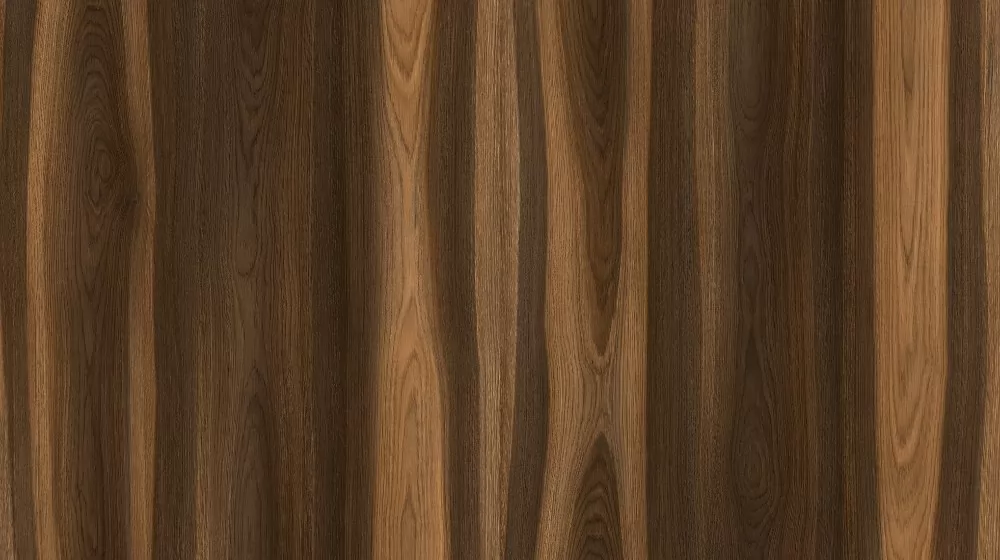
And there you have it, a comprehensive guide to powder coating wood. As you can see, powder coating offers a wealth of benefits for wood, including enhanced durability, aesthetic versatility, and longevity. With careful consideration and the right approach, you can successfully powder coat wood, transforming your indoor and outdoor furniture pieces. If you're looking for a powder coating manufacturer or a provider of custom powder coating solutions, Wintoly is here to assist. Explore our website to find out how our expertise can help you achieve the best results for your powder coating projects. We look forward to working with you!
Read More:
1. What is powder coating?
2. What are the benefits of using powder coating?
3. What industries commonly utilize powder coating?
4. How do I choose a reliable powder coating supplier?
5. What types of powder coatings are available?
6. What is the typical minimum order quantity (MOQ) for powder coatings?
7. Can I request custom colors or formulations?
8. How do I ensure quality control when ordering powder coatings?
9. What are the typical curing requirements for powder coatings?
10. What are the payment terms typically offered by powder coating suppliers?
11. How can I request samples of powder coatings?
12. What should I consider when applying powder coatings?
When selecting a powder coating supplier, it’s essential to evaluate their product offerings, quality assurance processes, and customer service. Doing thorough research can help you find a supplier that meets your specific needs effectively.

 terrychen@wintoly.com
terrychen@wintoly.com
.png) 0086-757-85407388
0086-757-85407388
 6 Chaoyang Rd., National Demonstration Eco-industrialzone, Nanhai, Foshan,Guangdong,China
6 Chaoyang Rd., National Demonstration Eco-industrialzone, Nanhai, Foshan,Guangdong,China

.png)
